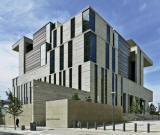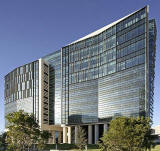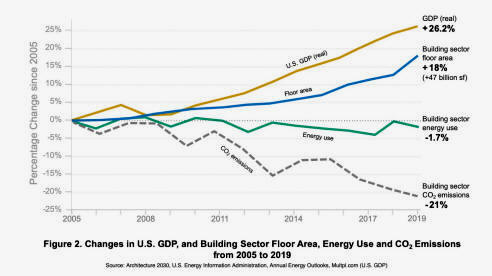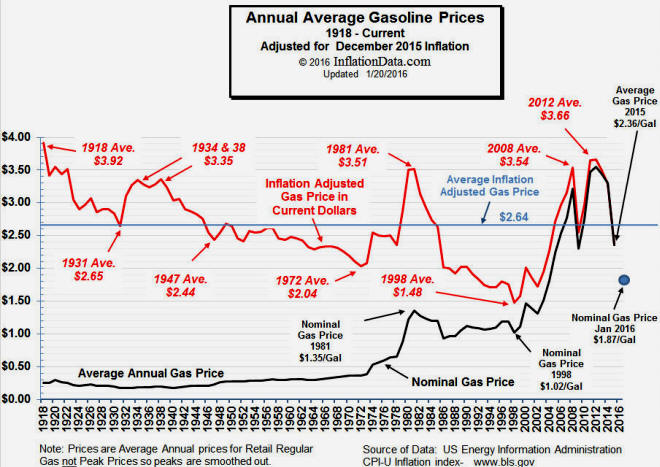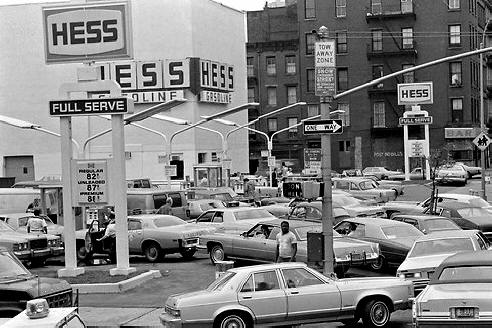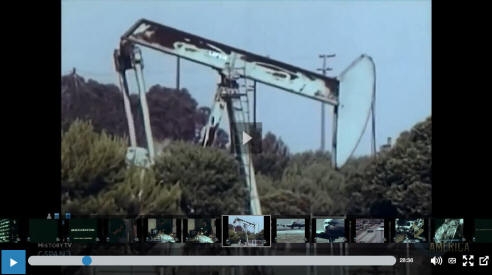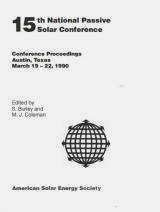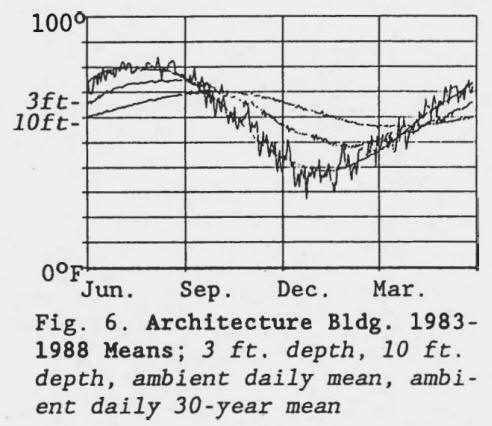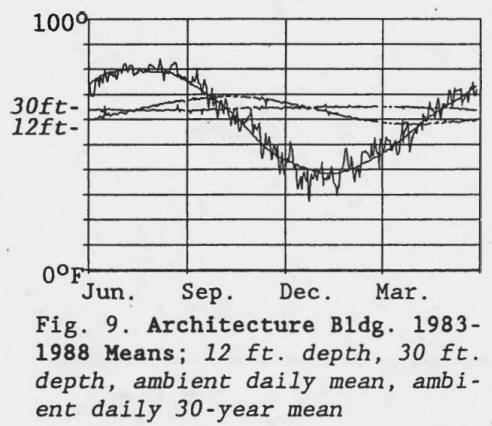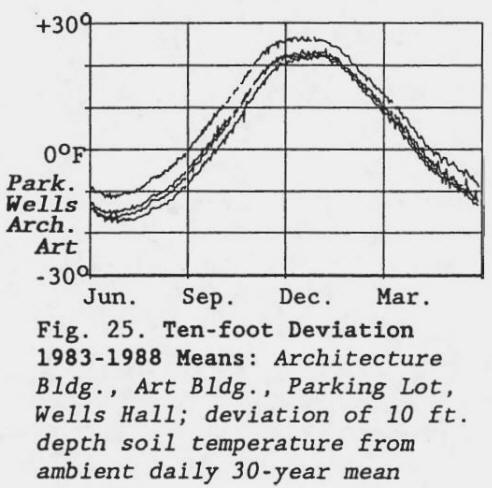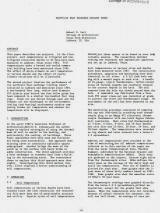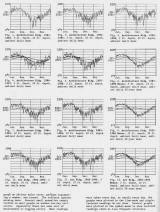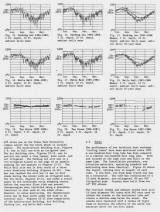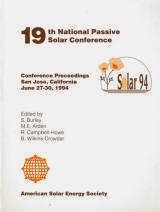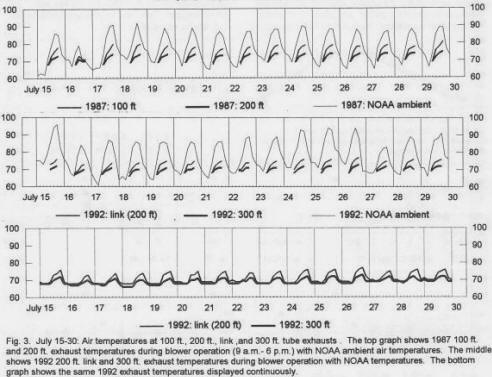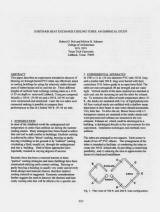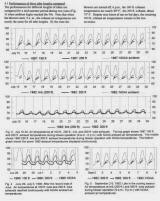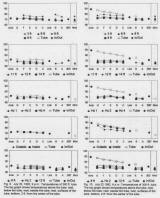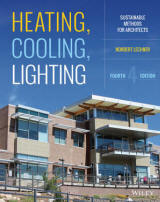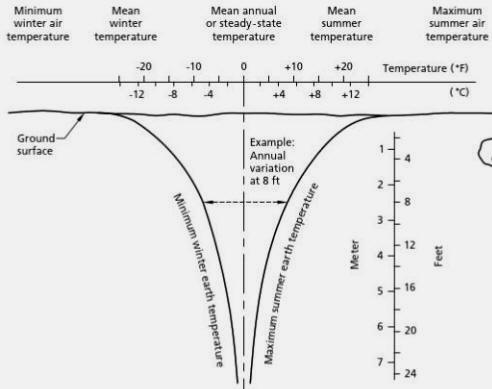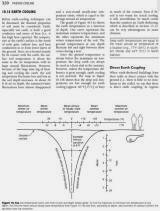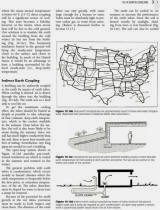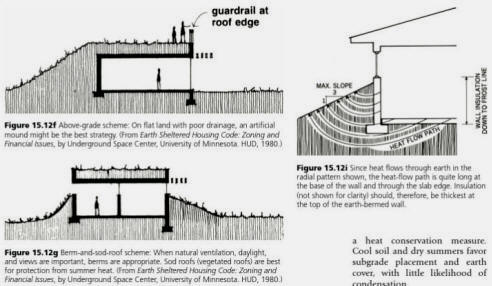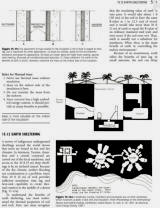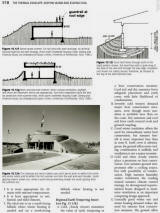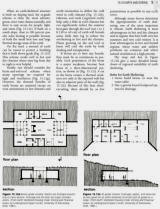Architectural Record February 4 2020
"RECORD has obtained what appears to be a preliminary draft of the order, under which the White House would require rewriting the Guiding Principles for Federal Architecture, issued in 1962, to ensure that "the classical architectural style shall be the preferred and default style" for new and upgraded federal buildings. Entitled "Making Federal Buildings Beautiful Again," the draft order argues that the founding fathers embraced the classical models of "democratic Athens" and "republican Rome" for the capital’s early buildings because the style symbolized the new nation’s "self-governing ideals" (never mind, of course, that it was the prevailing style of the day).
The draft document specifically cites the U.S. Federal Building in San Francisco (2007, by Morphosis), the U.S. Courthouse in Austin, Texas (2012, by Mack Scogin Merrill Elam Architects), and the Wilkie D. Ferguson, Jr. U.S. Courthouse in Miami (2007, by Arquitectonica) for having "little aesthetic appeal."
The original Guiding Principles, written by the late Senator Daniel Patrick Moynihan, mandated that Federal architecture "must provide visual testimony to the dignity, enterprise, vigor, and stability of the American government." The draft document uses the same words—dignity, enterprise, vigor and stability—while declaring that Brutalist and Deconstructivist styles "fail to satisfy these requirements and shall not be used."
Yet Moynihan’s Guiding Principles also dictate that "an official style must be avoided," and that new buildings should reflect their time. "Design must flow from the architectural profession to the government and not vice versa," the guidelines state. "The Government should be willing to pay some additional cost to avoid excessive uniformity in design of Federal buildings." "

